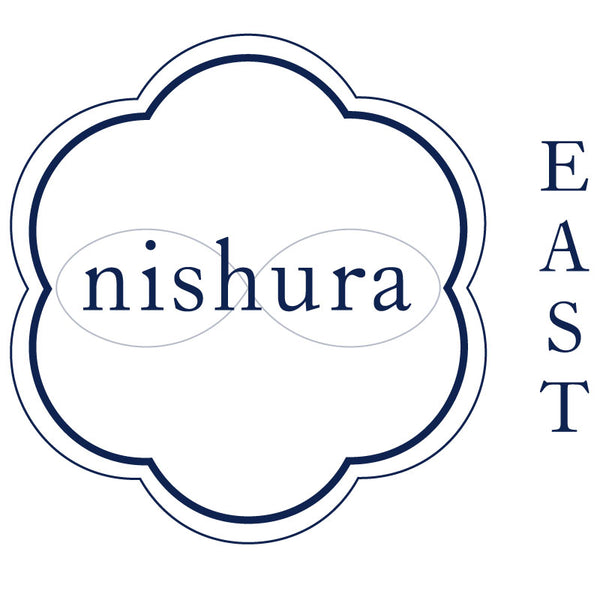Story Series – Featuring Hoshino Seichaen
Nestled in the misty hills of Yame, Fukuoka Prefecture, Hoshino Seichaen rests in the Hoshino village valley under the natural shade of the towering mountains. Started in 1989, one of the earliest tea farms in Kyushu, they continue to achieve Gold medals for decades in national tea competitions for producing some of Japan's most exquisite green teas, particularly their gyokuro.
The sons of the Hoshino family hold the rare and prestigious certification in Tea Examination Skills—a distinction achieved by only the most elite tea professionals in Japan. In 2015, their mastery was recognised at the 62nd National Tea Judging Skills Competition, where they earned second and third place in the individual category showcasing the high quality and authenticity of their tea making legacy.

Hoshino tea is crafted using time-honoured methods passed down through generations. In their Gyokuro and Tencha farms, young tea buds are shaded with woven straw mats called sumaki for around 25 days each spring. This traditional covering process blocks sunlight, boosting amino acid levels and creates a rich umami aroma.
Gyokuro, often referred to as "jade dew," for its soft green colour that resembles a water droplet on a piece of jade, is Hoshino's speciality. Their cultivation and tea quality ensures that the high vitamin C and anti-oxidant content is preserved to the fullest. Gyokuro similar to matcha, is grown under the shade and has similar health benefits. It is ideal for people who want a 'loose leaf version' of matcha.

Hoshino Seichaen hand rolls the gyokuro to create the iconic 'needle tea' shape. The time and care taken to ensure the gyokuro is of the finest quality, is what make Hoshino a long-standing distinguished tea maker.
Hien is a top gyokuro of the Hoshino Seichaen collection. The earthy umami and punchy aroma within Hien truly highlights the best elements of gyokuro flavour. Packaged carefully in a deep blue to resemble the stars across the night sky.

To fully appreciate the nuances of Hoshino's gyokuro, traditional brewing methods are recommended. Using a dobin teapot, such as those crafted from 224 porcelain, allows for precise temperature control and optimal flavour extraction. The white ceramic teaware is like a blank canvas to highlight the colours of not just the soft-green gyokuro but other teas such as the bold deep oolong.Brewing gyokuro is an elegant practice due to the careful nature of its flavour, it needs 50 degrees hot water and should only be brewed for up to one minute to keep its delicate finish.
For a refreshing summer beverage, the kouridashi method—brewing tea over melting ice—yields a milder, sweeter infusion. Similarly, cold-brewing sencha or gyokuro overnight in the refrigerator produces a smooth, digestion-friendly tea ideal for morning consumption in the warmer weather.

Hoshino Seichaen brings the distinctive umami and sweetness that can be magnified under the shade into their sencha, oolong and other teas too. Sencha is the most commonly consumed type of green tea in Japan, but when crafted by a producer as skilled as Hoshino, it reveals an elevated clarity, softness, and depth not often found in everyday brews. Though all sencha share the same umbrella term, differences in taste can be striking: some are brisk and astringent, others sweet and mellow. A world of flavours for any tea lover to enjoy.
You can find the freshest of flavours in their Limited Edition New Year Sencha or the marvellous light aroma in the miracle 'White Tea' Shirahime Sencha known for its creamy colour and sweet taste. Don't forget their bestseller Sencha Satsuki which has the shaded depth of flavour of gyokuro but with less caffeine than gyokuro. Hoshino brings all the goodness in not just flavour but also in range.

Hoshino's approach to quality extends from their masterful tea cultivation to their mindful packaging practices. Instead of vacuum sealing, which can compromise the integrity of delicate tea leaves, Hoshino uses nitrogen gas to preserve freshness while maintaining the tea’s nuanced aroma and flavour. Their preference for loose leaf tea not only delivers top quality taste but also avoids the environmental concerns associated with conventional teabags, which often contain microplastics. Once brewed, the tea leaves can be reused in multiple infusions or repurposed in practical, eco-friendly ways—such as natural plant fertiliser, odour absorbers for shoes or laundry baskets, or even in bathwater. By choosing Hoshino’s loose leaf teas, you’re not just savouring one of Japan’s most prestigious offerings—you’re supporting a thoughtful, sustainable way of tea drinking that honours both craft and nature.

